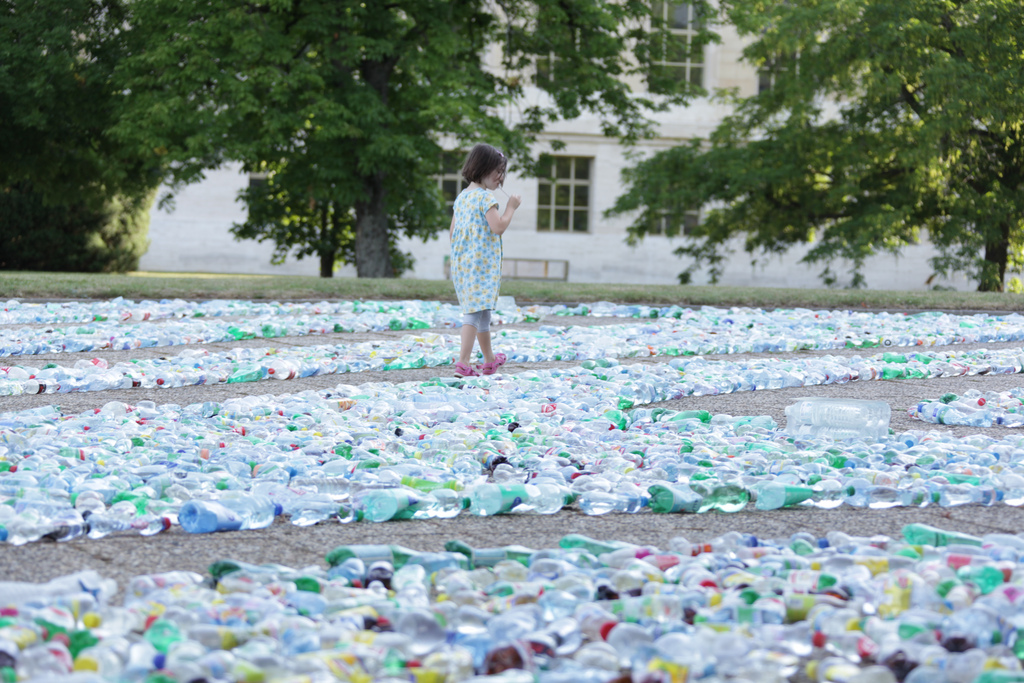On the 9th and 10th of March 2017, the European Commission and the European Economic and Social Committee (EESC) co-organised a joint conference on Circular Economy with the aim of launching the European Circular Economy Stakeholder Platform. The Platform would enable cooperation between national, regional and sectoral networks, the exchange of best practices and promote civil society consultation.
A little more than one year after the introduction of a package by the European Commission to support the EU’s transition to a circular economy, the participants at the conference discussed the next steps and upcoming work-streams for the implementation of the 2015 Action Plan, namely plastics strategy, promotion of water reuse, waste, chemicals and products legislations and investment opportunities. This represented another important milestone on the switch from our current linear economic model to a more sustainable, “cleaner” and long-lasting one: circular economy will indeed preserve resources, minimise waste and the continent’s dependence on imports of raw materials, and, last but not least, favour growth and job creation.
This can not be achieved just by the sheer will of public institutions, though. Public and private investment are key in enabling the transition to a circular economy and incrementing the competitiveness of European industry. Therefore, the Commission has designed specific support instruments for businesses which will play a crucial role in this shift: Horizon 2020, COSME, the Structural and Investment Funds and the Fund for Strategic Investments, just to mention the most important ones.
A further, complementary tool designed for the implementation of the circular economy model is the Green Action Plan (GAP) for SMEs. The GAP aims to help businesses mainly by raising SMEs’ awareness of the green economy for productivity, competitiveness and business opportunities, by supporting green entrepreneurship and by facilitating access to markets for green SMEs.
During a European Commission seminar on circular economy financing held in March 2016 in Brussels, Nicola-Elizabeth Morris, from DG Internal Market, Industry, Entrepreneurship and SMEs, showed how, according to data from Flash Eurobarometer on SMEs, in 2015 87% of the SMEs that participated to the survey had taken at least one action to be more resource efficient.
In particular, she remarked how the most popular activities had been the minimisation of waste, energy saving and material saving. “For 39% of these SMEs, environment is a top priority, also considering the cost-effective perspective”, she added.
Although important steps have been made on the path towards circular economy, there still exist wide differences between Member States, regarding, for instance, municipal waste (landfilling, incinerating, recycling and composting). The EU Commission presented four legislative proposals in 2015, requiring the European States to prepare for reuse and recycling of at least 65% of municipal waste and to landfill at most 10% of municipal waste by 2030.
Obviously, challenges do not end here. When circular approaches emerge, these can be perceived as a threat by some stakeholders from the still existing linear system. For this reason, it should be good practice to expand the knowledge base and share as much as possible concrete examples of the benefits of circular economy with as many actors as possible. Only in that way, circular economy could really become reality.

Leave a Reply